Common types of steel sheet piles
As a new type of construction steel, steel sheet piles have strong disaster relief and rescue functions, especially in flood control, landslides, subsidence, and quicksand rescue and relief. It has a short construction period, quick results, strong timeliness, and is not restricted by weather conditions. Has unique features and benefits. Steel sheet pile products are divided into:
1. Cold-formed thin-walled steel sheet piles
Production process: Thin plates (commonly used thickness 8mm-14mm) are continuously rolled and formed in a cold bending unit.
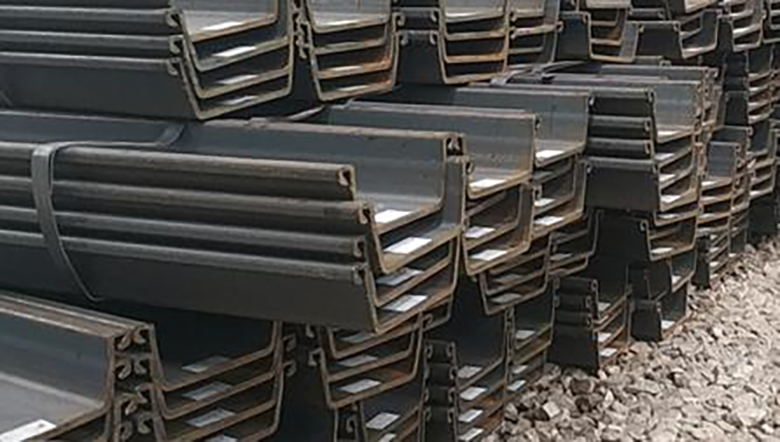
Advantages: less investment in production lines, lower production costs, and flexible product length control.
Disadvantages: The thickness of all parts of the pile body is the same, the cross-sectional size cannot be optimized, resulting in an increase in the amount of steel used, the shape of the locking part is difficult to control, the joints are not fastened tightly, and water cannot be sealed, and the pile body is prone to tearing during use.
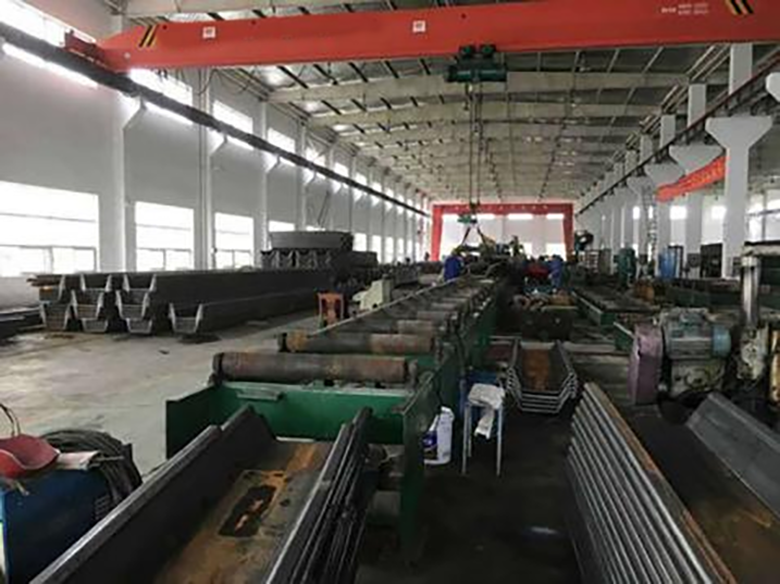
2. Hot rolled steel sheet piles
Hot-rolled steel sheet piles mainly include U-shaped, Z-shaped, etc.
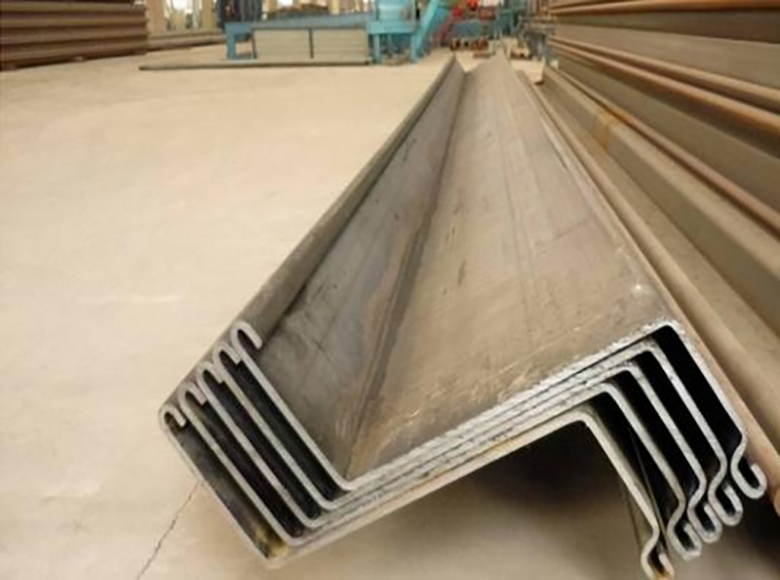
Production process: It is formed by high-temperature rolling in a section steel rolling mill.
Advantages: standardized size, superior performance, reasonable cross-section, high quality, and tight water-proof lock bite.
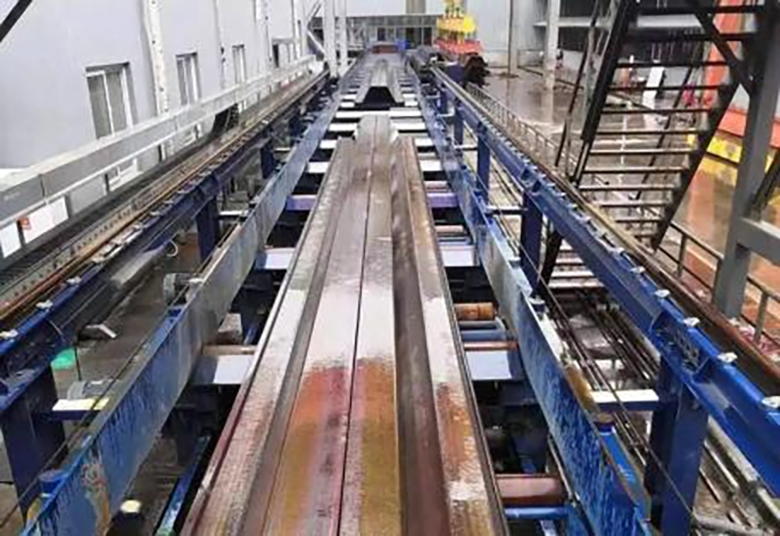
Disadvantages: greater technical difficulty and higher production costs.
Both types of steel sheet piles can be used in permanent projects such as revetments, loading and unloading docks, breakwaters, diversion banks, and road and bridge revetment structures; temporary projects such as foundation pit support, temporary revetments, and temporary islands;
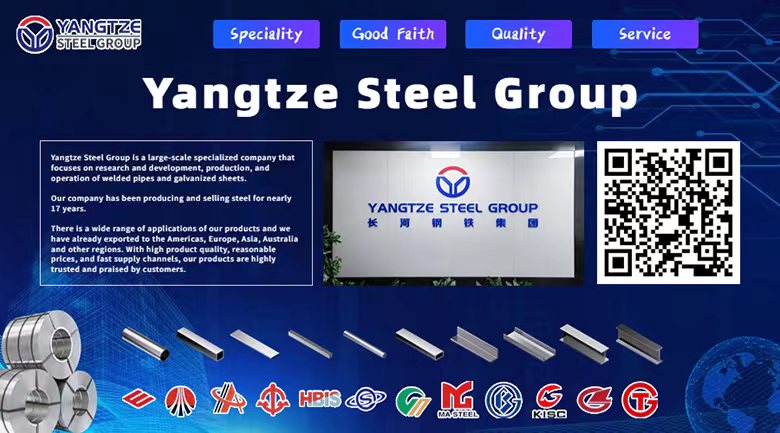
Editor: Lucas
Mail: lucas@yangtzesteel.com








